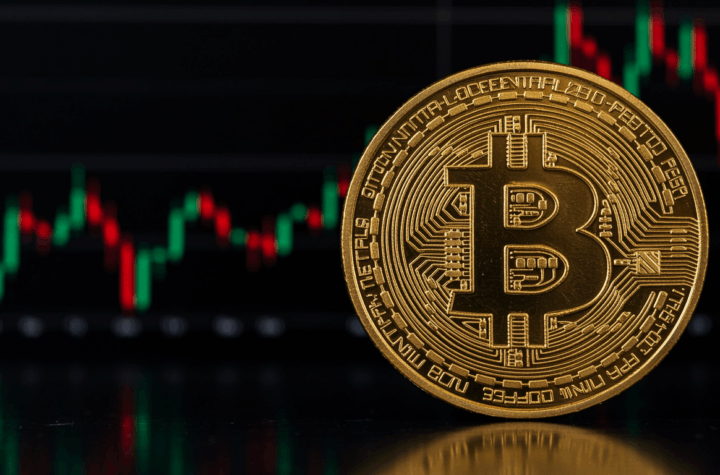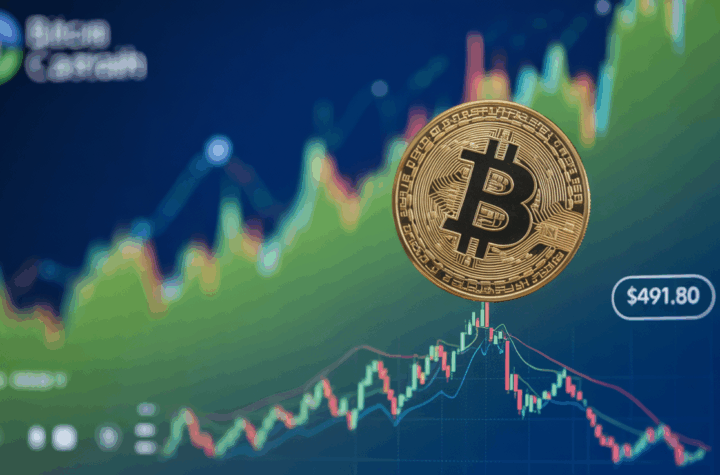
Euro Rallies as Investors Eye Alternatives to Dollar Dominance
As worries mount over U.S. fiscal policies and expectations build that the European Central Bank (ECB) is nearing the end of its rate-cutting cycle, the euro has been on an impressive upward trajectory, prompting many investors to rethink their heavy reliance on the U.S. dollar.
A currency pair once known for its relative stability is now exhibiting the kind of volatility—and gains—that rival those seen in bitcoin.
In June, the EUR/USD pair jumped nearly 4%, closing at 1.1786, outpacing bitcoin’s 2.4% increase for the month. Both the euro and bitcoin are up over 13% year-to-date, indicating strong investor interest in alternatives to the dollar.
Analysts suggest the euro might still have more room to appreciate, potentially benefiting euro-backed stablecoins that are already leveraging the currency’s momentum.
“We could see EUR/USD reach resistance around 1.22 to 1.23,” said Marc Ostwald, chief economist and global strategist at ADM Investor Services International. He added that optimism is partly tied to Germany possibly easing its strict debt limits, which could boost economic growth.
U.S. Fiscal Concerns Shift Focus to Europe
The narrative of U.S. exceptionalism, which has long underpinned the dollar’s strength, is showing cracks under President Donald Trump’s second term. Fears of swelling deficits and higher debt-servicing costs are triggering what some market watchers describe as a “fiscal scare.”
Germany is increasingly stepping into the spotlight as a more stable economic anchor.
Earlier this year, the German government unveiled a significant fiscal initiative, exempting defense spending of over 1% of GDP from its debt cap, and establishing a €500 billion infrastructure fund spanning twelve years. Of this, €100 billion is set to flow into the Climate Transition Fund immediately.
The remaining €400 billion is split between federal investments (€300 billion) and funding for regional governments (€100 billion). German states will also be allowed to run annual deficits equal to 0.35% of GDP.
These policies are expected to begin boosting Germany’s GDP from next year, with benefits stretching well into 2027 and beyond, positively impacting the broader eurozone.
Investors are shifting capital toward European assets as a result.
“Investors started heavily overweight USD assets, but there’s a clear rotation into European equities, especially given Germany’s new focus on defense and infrastructure spending,” said Marc Chandler, chief market strategist at Bannockburn Capital Markets.
Interest Rate Differentials Lose Influence
The emphasis on European growth prospects has weakened one of the usual drivers of currency markets: the yield spread between U.S. and German government bonds.
The traditional strong correlation between EUR/USD and the two-year yield gap has been unraveling since March.
Higher U.S. yields no longer automatically signal a strong economy. Instead, they increasingly reflect the need to attract investors wary of America’s fiscal path.
“It might look like the dollar is decoupling from rates,” Chandler said. “But really, the U.S. has to pay higher rates to compensate for policy uncertainty and a political climate that favors a weaker dollar.”
Rate Outlook Favors the Euro
Interest rate forecasts may also help the euro maintain its strength. While the market is still watching policy rates closely, the future looks less bright for the dollar.
“Rate differentials are leaning against the USD, assuming the ECB is nearly finished with cuts and may only lower rates once more, while the Fed could cut by up to 125 basis points over the next year or so if U.S. growth stays subdued,” noted ADM’s Ostwald.
Despite the ECB executing eight rate cuts in the past year, the euro has continued to strengthen. Meanwhile, the Fed has maintained its key rate at 4.25%, despite calls from President Trump for more aggressive cuts.
This could widen the interest rate gap in favor of the euro moving forward.
Dollar’s Role as a Hedge Weakens
Historically, the dollar has been a natural hedge for non-U.S. investors in American equities. However, with the usual positive correlation between U.S. stocks and the dollar fading, European pension funds and other global investors are increasingly hedging their currency exposure to protect returns.
This trend could help sustain the euro’s rally.
Take a European investor with a $10,000 position in U.S. assets: if the dollar weakens, the euro value of that investment drops. To protect themselves, funds may hedge by selling dollars in the futures, forwards, or options markets—putting further pressure on the dollar.
“For instance, Danish pension funds boosted their FX hedge ratio from 61% in January to 74% by April. There’s still room to push toward 80%, which would cushion EUR pullbacks and support further gains,” explained Jordan Rochester, head of FICC strategy at Mizuho, in a LinkedIn post.
Analyst Enric A. noted that fewer than 20% of European institutional investors currently hedge their dollar exposure, leaving significant potential for increased euro buying if those hedge ratios rise.
“More hedging means more demand for euros and additional selling of dollars,” Enric commented on LinkedIn.
Similar developments are underway in Asia, where Chandler highlighted data from the Bank for International Settlements (BIS) indicating that Asian funds, too, are ramping up their hedging activity.
Bottom Line: With the Fed leaning toward possible rate cuts and foreign investors intensifying their hedging, the euro appears well-positioned to remain strong—even in the face of lingering eurozone economic challenges.






More Stories
“Dogecoin steadies near $0.16 support amid profit‑taking that caps upside momentum.”
RLUSD Pilot Boosts XRP 5%, Technical Momentum Points to $2.50
How Aggressively Are BTC Traders Hedging After Recent Dip Under $100K?